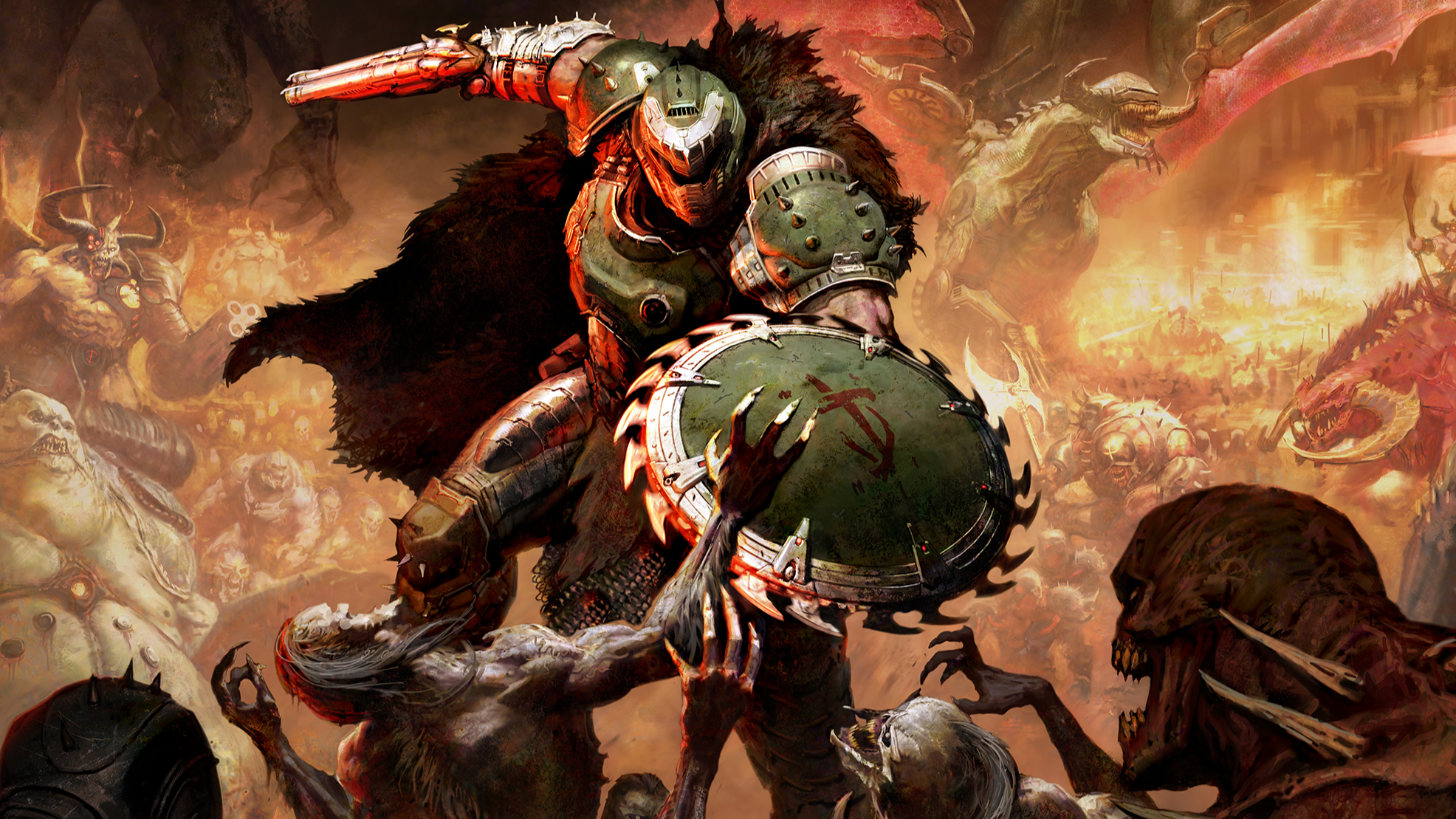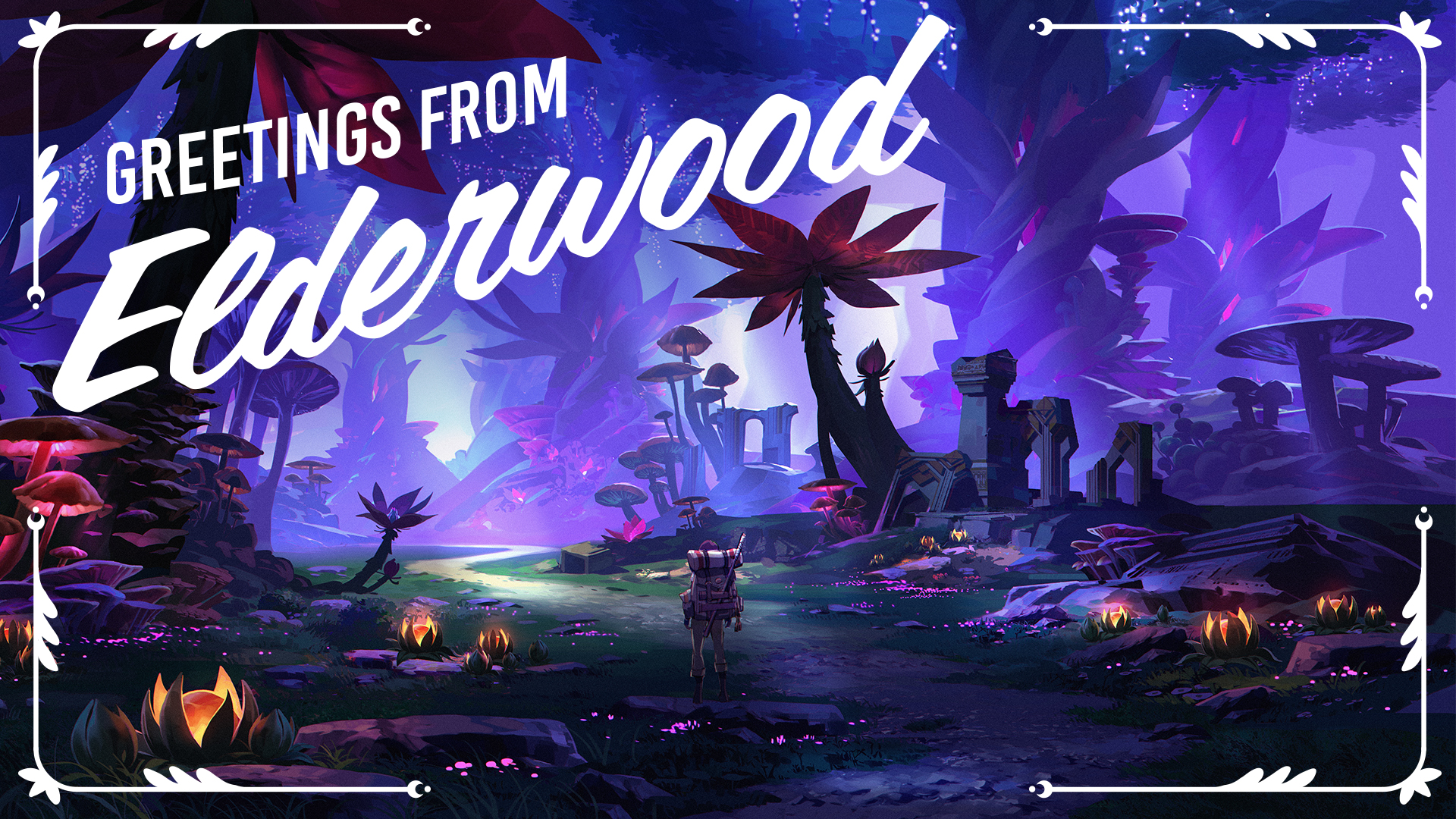
"We literally went through forums looking for homebrew rules."
Baldur’s Gate 3 is a fascinating game if you’re into Dungeons & Dragons 5th edition, the tabletop ruleset it’s built upon—because while it’s a decently faithful recreation of those rules, it also has enough homebrew nonsense (in the form of magic items and overall tweaks to the TTRPG’s core systems) to stand out as its own thing.
Choosing what to scrap, change, and keep hasn’t been a straightforward process, however, according to Larian Studio’s co-founder Swen Vincke and design director Nick Pechenin during a retrospective panel at PAX West 2024 this weekend:
“We literally went through forums looking for homebrew rules … like the rule where you cannot cast a full action spell and a bonus action spell on the same turn,” Pechenin said. For the uninitiated, D&D’s action economy gives players movement, an action, and a bonus action. While spells that cost a bonus action to cast exist, using them traditionally locks you out of any spell more powerful than a cantrip on the same turn.
It’s a pretty common homebrew to chuck that out of the window—even Critical Role, an actual play livestream popular enough to get its own crowdfunded animated series, had a similar tweak present in its first campaign: “[That rule was] just something that frequently fell by the wayside, so we were like—okay, we’re not crazy, some people do it, so maybe we can try it as well.”
Vincke also takes a moment to joke about the homebrew rules the team experimented with in its early days: “We had our version—we said, ‘these are our homebrew rules’, and then we saw the community who didn’t agree with that. That was also an interesting moment in our careers.”
I’m guilty as charged here, although in fairness, I’m glad Larian scrapped a few of those rules. For example, unlimited-cast cantrips like Firebolt would leave damaging surfaces that made them better than some 1st-level spells (which you have to spend your limited spell slots on). Hiding was also a bonus action for everyone, taking away from the rogue’s skillset. My inner rules lawyer still bristles—perish the thought!
Sometimes, though, it was the inverse. Larian tried to faithfully implement OG mechanics and, for one reason or another, it just didn’t work. As Vincke comments, “We had a cover system also, remember that?” In 5th edition, being behind cover makes you harder to hit by adding a bonus to your armour class, while also adding that same bonus to dexterity saving throws. Baldur’s Gate 3, notably, doesn’t have cover beyond the actual, physical environment blocking the line of sight of certain spells and attacks.
Pechenin adds that the team “really experimented quite a bit with it, because it’s part of D&D’s ruleset, but we just found so many problems with how it works in 3D, from a top-down camera.”
The game’s reaction system also changed primarily due to community feedback. During early access, players would have to pre-emptively toggle what reactions they’d like to trigger on their turn. This made several spells and features just plain worse—for example, you might choose not to cast Hellish Rebuke after being attacked by a fire elemental (given they’re usually resistant or immune to its damage type) while keeping the option in your pocket for the mage who summoned them.
“The reaction system was put in place purely because the community really wanted it,” Pechenin explains. “That’s a really good example of what we added in early access that we really didn’t plan. We really hoped that we’d get away with not pausing the game because it’s so difficult technically—and things like sound really hate when you stop things.”
Baldur’s Gate 3 is rife with this sort of stuff—for instance, 5e’s grappling system is completely absent, replaced with bonus action shoves—but as a rules nerd myself, it’s really interesting to see the kinds of concessions and adjustments you need to make as a game designer when you have to translate a TTRPG to code. Such a thing’s bound to bring with it its own unique challenges, like figuring out how to make the camera stop zooming on on goblin toes.






